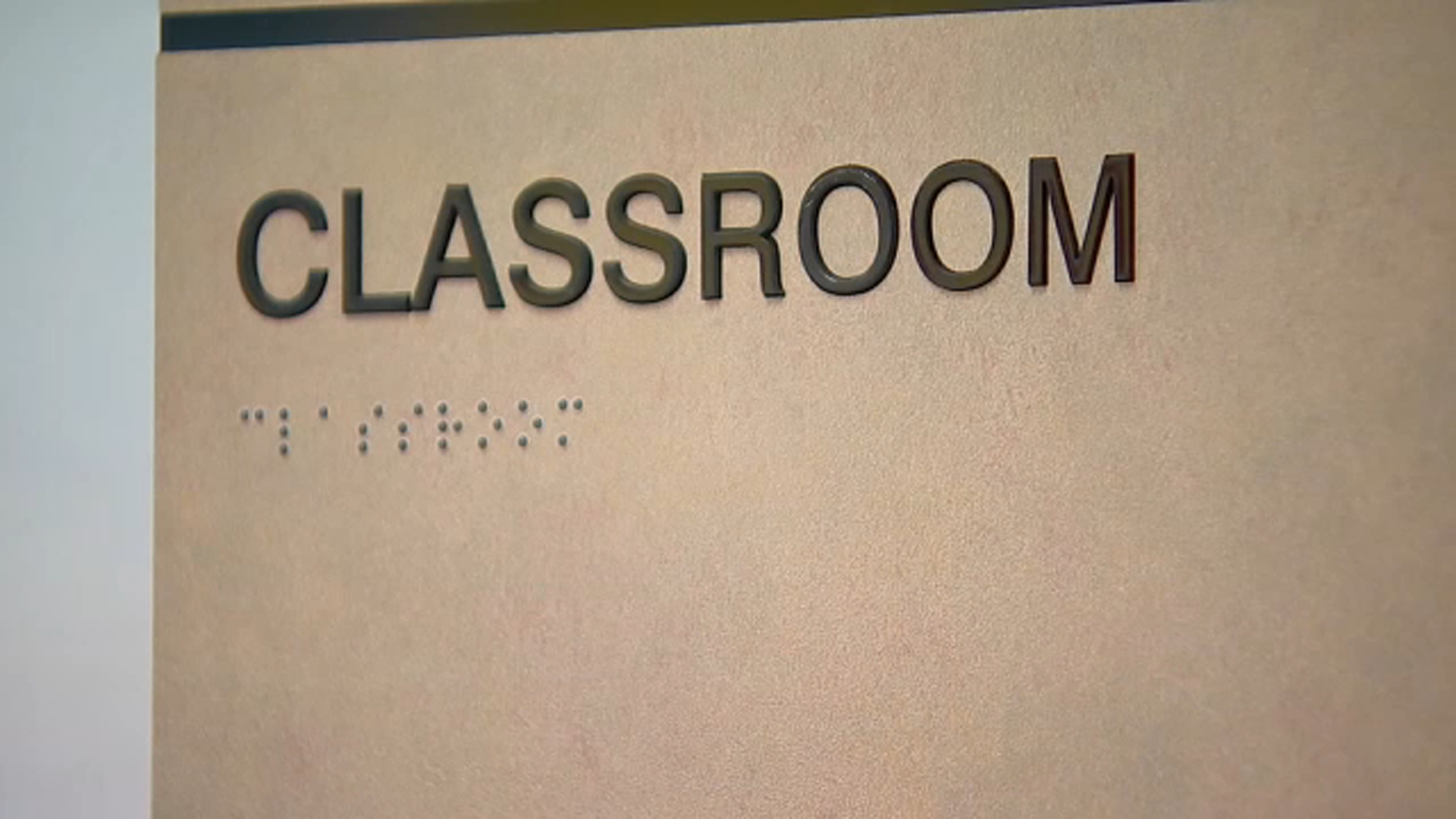Sides close on collision rule clarity

Major League Baseball and the Players Association are nearing an agreement designed to "clarify" confusion over the new home plate collision rules, sources told ESPN on Monday, with an announcement possible as soon as Tuesday.
The directive would establish parameters for calling certain plays at the plate, effective immediately. And the late-season agreement is timed in the hope of keeping postseason controversy surrounding the rule to a minimum.
Primarily, the clarification of Rule 7:13 would remind umpires that while the intent of the rule was to protect catchers from violent collisions at the plate, the wording was not intended to be interpreted so strictly that it would allow runners to be called safe on a technicality if the throw had beaten them to the plate by a substantial margin.
Discussions between the two sides began several weeks ago, after what one source described as "four or five" similar plays, within a span of a couple of weeks, began to raise concerns about how umpires were calling those plays on the field and in the replay command center in New York.
The most controversial of those calls took place in a Miami Marlins-Cincinnati Reds game July 31. Marlins right fielder Giancarlo Stanton had appeared to throw out the tying run at home plate easily, following a fly ball to right, for what appeared to be the final out of the eighth inning.
However, that call was reversed by replay officials over the positioning of catcher Jeff Mathis' feet before he received the throw, and the Reds went on to win. That loss prompted Marlins manager Mike Redmond to say afterward: "To lose this game on a technicality is [bulls---]."
The purpose of the clarification, one source said, is to provide "at least some understanding of how that play should be called." Nevertheless, it is not expected to resolve all the confusion and differences that have welled up around Rule 7:13 over the course of the season.
The rule, which was adopted late in spring training, was described at the time as "experimental." So negotiations are expected to resume following the season over how to word a rule that has proven successful in eliminating violent runner-catcher collisions this season but continues to cause uncertainty among runners, catchers and umpires on how to act and react to many close calls at the plate.






